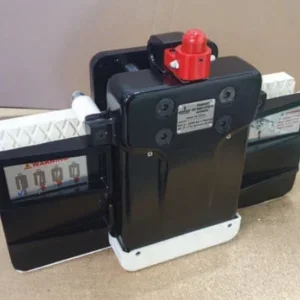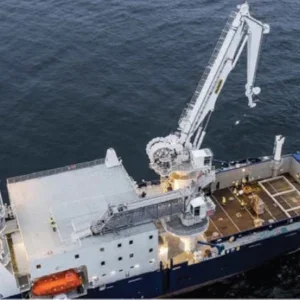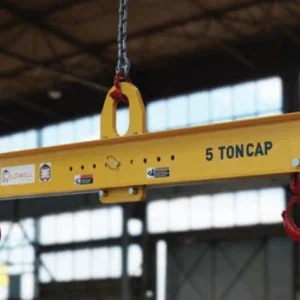Clamps for lifting come in many designs and are used in a myriad of applications, including working with plate steel, ingots, slabs, concrete barriers, pipe, coil steel, paper bales and paper rolls. It is important to source them from a reputable manufacturer.
Clamps are designed to generate a clamping force perpendicular to the surface of the load. These clamping forces are generated from the clamp geometry by the pulling force on the lifting shackle of the clamp or tightening of a screw. Clamps can be used for attaching loads to a hoist, or for other load handling purposes, such as anchoring or positioning. Importantly, the load being lifted must be able to support the amount of squeeze that the clamp applies to the load.
At the top end of the market, a single manufacturer might make 200 types of clamps. One area where we see repeated misuse is picking the wrong clamp for the application, so it is necessary to understand the application before selecting the clamp.
Common types include friction, pressure-gripping clamps; indentation, pressure-gripping clamps; anchoring clamps, used for suspending or attaching detachable rigging hardware; positioning clamps, used to hold or locate parts during assembly operations; and hybrid clamps, which are a combination of the others.
LOOKING AFTER CLAMPS
Bad practice endures, especially where knowledge on inspection, repair, testing and maintenance is lacking. Further, clamps have parts that wear over time – the teeth, primarily – and that is affected by their environment, type of steel, storage, and by operator care. Worn teeth can cause disengagement with the load. It is important therefore that end users realise the importance of supporting ownership with a reputable factory maintenance and repair programme and equip themselves with a repair kit.
Ideally, there will be a trained maintenance person or team at a facility that keeps track of all the clamps – and other rigging gear – that they use. They will understand that it is necessary to conduct a thorough inspection both before and after using a clamp. Thorough, periodic inspection should also be completed in line with service class, a process that should include removal from service protocols.
Inspection is useless if those inspecting the equipment don’t know what they are looking for. Defects should be recorded by serial number and clamp model, and a record kept for tracking purposes. These defective clamps must be clearly marked, removed from service, and placed in a designated area for further inspection, repair or disposal.
It isn’t always necessary to dispose of and replace a clamp. Special programmes and repair kits are available to help, so repairs can be carried out by the user or manufacturer. Caldwell customers, for instance, can phone the service department and arrange for the clamp/s to be returned. They can even be shipped back to the point of use with a new certificate of proof test. If preferred, rebuild kits can be used to replace worn and damaged parts.






